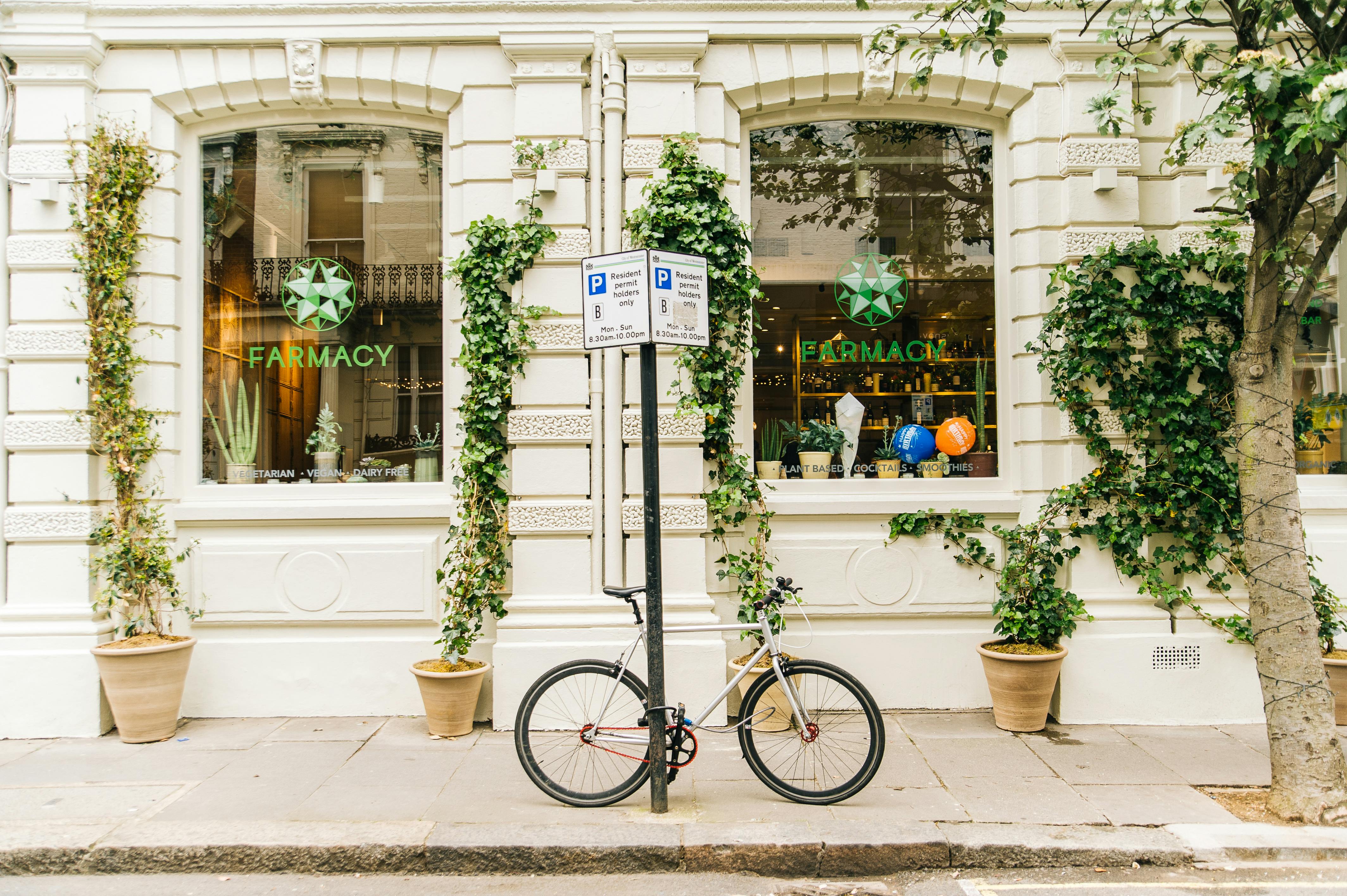The Bahamas: an island paradise

The Bahamas are a good example of what most people think of when someone talks about an island paradise. The islands have had an exciting history, with illegal activities and periods of economic prosperity and poverty.
The history of the Bahamas begins with the Lukku-cairi, who were the first settlers on the islands. They were originally from South America and settled on the islands around the 9th century AD. C. after traveling through the Caribbean to the Bahamas. They were also known by a couple of other names, the Lucayans, the Arawaks, or as Columbus mistakenly called them, Indians. Columbus misnamed them, because he thought he had landed in the East Indies and designated the natives as Indians.
The islands were also known for piracy, as the islands’ location was ideal for illegal activities. Many famous pirates like Blackbeard and Anne Bonney were in the Bahamas for at least part of their careers. In general, the pirates would lure the ships into the shallow waters near the islands, and when ashore they would raid the ships. In 1670 England claimed the islands as its territory. Even then, with the largest navy at the time, Britain was unable to stop the pirates. In 1718 the first governor of the islands took office and managed to expel the pirates. At that time, England recognized the Bahamas as an official colony.
Officially, piracy was over. However, during England’s war with Spain and during the American Revolution, an official form of piracy, privateering, continued on the islands. Privateering was sanctioned by the government and brought sporadic periods of prosperity to the islands. In May 1782, Spain seized the Bahamas from the British after the Spanish entered the American Revolution and sided with the Americans. However, with the signing of the Treaty of Versailles in 1783, Spain returned the Bahamas to England.
With the end of the Revolutionary War, some southerners who had remained loyal to England left the newly formed United States and moved to the Bahamas, bringing their slaves with them. These settlers began to grow cotton in the Bahamas under the protection of the British government. When the American Civil War began, the Union Navy tried to blockade the Bahamas. The Civil War was a prosperous time for the Bahamas, as residents began bringing Confederate cotton to England and even managed to ship equipment to the Confederacy.
After the Civil War, things calmed down a bit in the Bahamas. With the advent of prohibition in the United States, the Bahamas prospered once more as the area became a base for moonshine making its way to the United States. However, with the repeal of Prohibition, the islands once again experienced a period of economic uncertainty.
With the advent of World War II, the Bahamas began to play a new role. The islands became a way station for jet planes and navy ships in the Atlantic. When the war ended, a new, more prosperous adventure began. The islands began to be recognized as a desirable tourist destination, and visitors began to breathe new life into the islands’ economy. In the 1950s, when Cuba was closed to American tourists, the Bahamas became an alternative destination for those who wanted to visit the area.
In 1964, England granted the islands the ability to govern themselves and changed them from a colony to a Commonwealth in 1969. In 1973, the Commonwealth of the Bahamas became independent within the Commonwealth, but decided to keep Queen Elizabeth II as its head of state
The Bahamas have had a definite pattern of ups and downs over the years. Throughout its history, the Bahamas have had periods of great economic prosperity (usually through illegal or at least questionable activities) and then periods of economic stagnation. Today, the Bahamas is probably best known as a tourist destination due to its beautiful scenery.